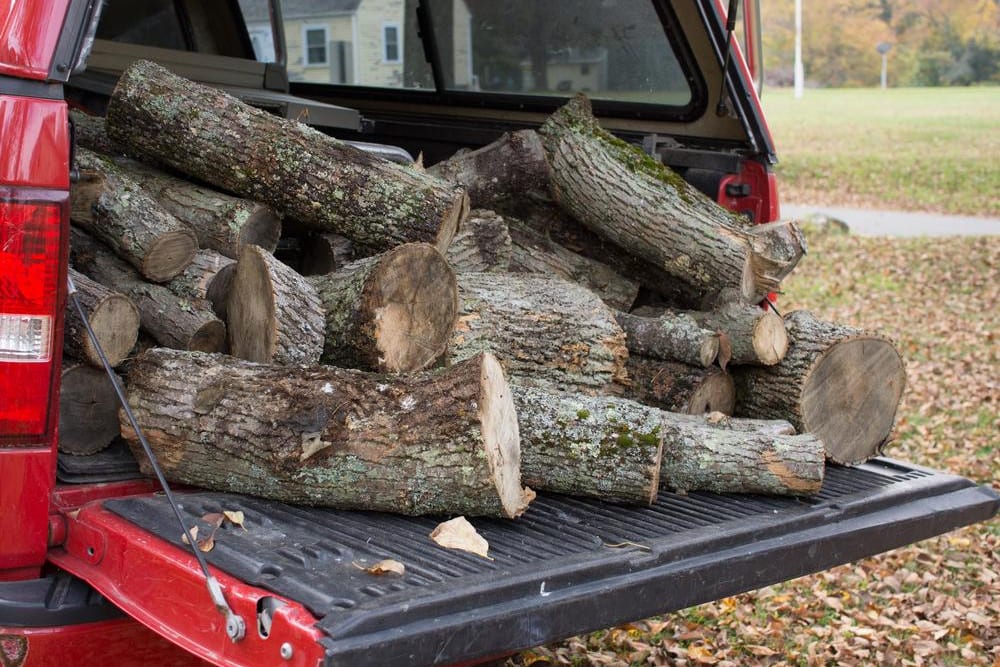

People use their vehicles for multiple purposes; whether it's using a car or truck for work or picking up children and shuttling them to social activities, having full control of all the components on our vehicles is something we all want. One of the parts on our vehicles we often overlook is the trunk or bed of pickup trucks that is secured and allows us remote access to open due to a tailgate lock solenoid. Under most circumstances, this component will last the lifespan of your vehicle. However, when the tailgate lock solenoid wears out or fails, it can seriously impact our day-to-day activities and must be replaced by a certified mechanic.
What is a tailgate lock solenoid and how does it work?
The tailgate lock solenoid is the central nervous system to most keyless entry systems in today’s modern vehicles. This solenoid is activated by one of two independent but aligned systems: you can press a switch found often on the vehicle's dashboard, side instrument panel, or on the driver side door that will trigger the solenoid to unlock the trunk; you can press the button on your fob key or control with the picture resembling a tailgate or a trunk.
The tailgate lock solenoid converts an electric current into a magnetic field that activates a spring-activated locking mechanism that secures the trunk or tailgate of a car, truck, or SUV. The solenoid is a small component that is part of the lock assembly in most modern vehicles introduced to the consumer market after 1993. Prior to then, the trunk lock mechanism was controlled by a wire that was attached to a trunk latch near the floorboard of most vehicles.
When the tailgate lock solenoid works correctly, it allows the driver of a vehicle to have quick access to items inside the trunk and to secure precious items that need to be protected from the elements or being stolen by unscrupulous individuals. If the solenoid is faulty, damaged, or broken, it will display a few warning signs or symptoms that will alert the vehicle's owner that repairs or replacement of the tailgate lock solenoid are warranted.
Noted below are a few of the common symptoms of a broken or damaged tailgate lock solenoid.
Tailgate does not unlock
The most obvious sign that a tailgate lock solenoid is broken is when you depress the unlocking mechanism and it fails to trigger the lock to open. This can be caused by multiple reasons beyond the solenoid being damaged, including:
- A faulty battery in your remote fob
- Damage to the tailgate or trunk lid due to an accident
- Solenoid is not receiving power due to a faulty relay or blown fuse
- An obstruction in the locking mechanism that jams the lock shut
Regardless of what might be causing this problem, it's important to contact a certified mechanic to inspect the issue so they can determine what is causing the problem and recommend the corrective action to solve the problem.
Tailgate opens without pressing the buttons
Although this problem is extremely rare, there are times when the truck lock solenoid will activate without the driver pressing the button on the remote or in the vehicle. This is commonly caused by a malfunctioning relay switch or damage to the solenoid from being hit from the inside. Sometimes the items we place inside the trunk of the vehicle can roll and impact the back of the tailgate lock solenoid if it is exposed. Although the solenoid and locking mechanism is typically covered by a protective sheet of particle board or plastic, it is possible to damage the unit.
In some cases you may hear a slight clicking sound which often times indicates that the latch is not fully engaged and not allowing the gate to open. This will often be confused as a problem with the solenoid, but should be repaired by a certified mechanic in either case.
Repairing a tailgate lock solenoid can be a complicated process for even the most experienced mechanics, which is why many choose to replace it as opposed to trying to fix the existing unit. This part is very inexpensive and most mechanics can replace the tailgate lock solenoid easily and with very little cost to the car owner, especially when they arrive on site to fix it for you.



